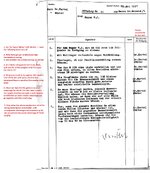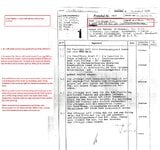Shortround6
Lieutenant General
Trying to stuff a BMW 801 into the He 100 would be quite a trick.
It is a small (tiny?) aircraft and you are trying to swap a 1300lb engine for 1900-2000lb engine?
And taking out all the cooling crap that is behind the CG?
Granted with coolant systems out of the wing you get room for more guns to make up for the fact you don't have the hub mounted cannon anymore.
It is a small (tiny?) aircraft and you are trying to swap a 1300lb engine for 1900-2000lb engine?
And taking out all the cooling crap that is behind the CG?
Granted with coolant systems out of the wing you get room for more guns to make up for the fact you don't have the hub mounted cannon anymore.


